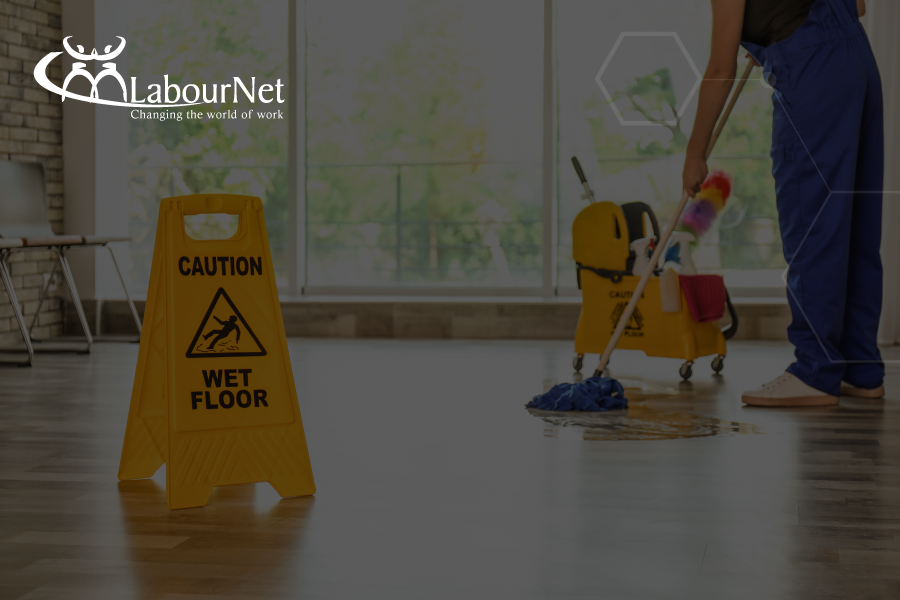Occupational hazards in the wholesale and retail industry - Labournet Durban
- Tracy
- Jun 24, 2024
- 2 min read
There is often a perception that the wholesale and retail industry is without workplace hazards and risks and, accordingly, the implementation of health and safety systems is overlooked. However, this is incorrect and there are a number of cases both locally and internationally where employees and customers have been seriously injured whilst working or visiting these premises.
The most common injury is from slips and trips and this could be the result of a spillage or a wet floor following cleaning. Tripping over aisle blockages or slipping on wet floors can happen in even the best-managed supermarkets. Injured customers may turn to the courts to claim damages and in South Africa a recent court judgement found one of the supermarket chains liable to compensate a shopper for damages suffered after she slipped and fell in one of its stores. To this end, it’s important to demonstrate that, as the owner, you weren’t negligent and that you took proper care and that reasonable steps were taken to avoid placing both employees and customers at risk. In these instances, a functional health and safety management system would mitigate risk of liability to the owner.
Managing health and safety in the retail and wholesale sector involves several key steps to ensure the well-being of employees and customers including:
Risk Assessment: Identify potential hazards in the workplace, including manual handling, fire, working from height. Regularly review and update the risk assessments.
Training: Provide health and safety training to all employees, covering topics such as safe lifting practices, emergency procedures, and equipment usage.
Safe Work Environment: Maintain a clean and organized workspace to minimize accidents. Regularly inspect and maintain equipment to ensure it meets safety standards.
Personal Protective Equipment (PPE): Provide necessary PPE such as gloves, safety goggles, and masks where applicable. Ensure employees are trained in their correct usage.
Emergency Preparedness: Develop and communicate emergency procedures, including evacuation plans and first aid protocols. Conduct regular drills to ensure everyone knows what to do in case of an emergency.
Hygiene Measures: Implement measures to promote good hygiene, such as providing hand sanitizing stations, regularly cleaning high-touch surfaces, and enforcing proper food handling practices where applicable.
Employee Involvement: Encourage employees to actively participate in health and safety initiatives by reporting hazards, suggesting improvements and participating in training programs.
Compliance: Stay up-to-date with relevant health and safety regulations and ensure compliance with legal requirements. Policies and procedures should be reviewed regularly to reflect any changes in legislation or best practices.
It must be remembered that no workplace can be completely risk-free, but understanding major hazards, implementing both physical and administrative controls and fostering an open, learning safety culture provides the store with the best chance of remaining incident-free.
Contact us today to schedule an obligation free gap assessment: BOOK A GAP ASSESSMENT


